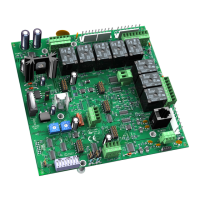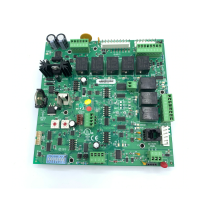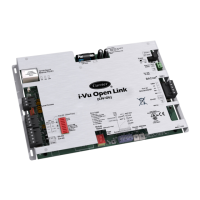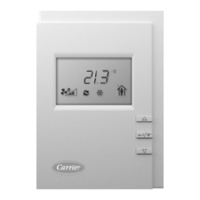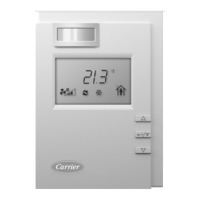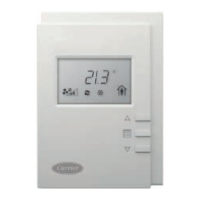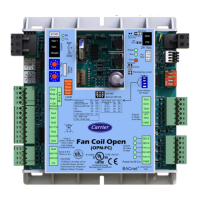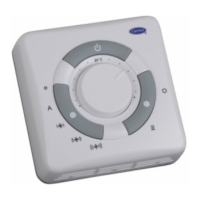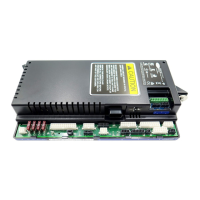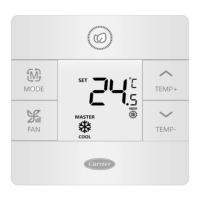Start-up
RTU Open v3 CARRIER CORPORATION ©2019
Installation and Start-up Guide All rights reserved
41
Use one of the following interfaces to start up, access information, read sensor values, and test the controller.
application -
Runs on a laptop that connects to controller's Local Access port
1
Temporary interface
device -
Connects to controller's Rnet port
2
Temporary or permanent
interface
application
Available for BACnet systems only
Permanent interface
device
Available only for BACnet MS/TP systems.
Wire to a BACnet MS/TP network connector and a 24 Vac power supply
3
Temporary or permanent
interface
1
Requires a USB Link (Part #USB-L).
2
See the Equipment Touch Installation and Setup Guide for detailed instructions.
3
See the System Touch Installation and Setup Guide for detailed instructions.
If multiple controllers share power but polarity was not maintained when they were wired, the
difference between the controller's ground and the computer's AC power ground could damage the USB Link and
the controller. If you are not sure of the wiring polarity, use a USB isolator between the computer and the USB
Link. Purchase a USB isolator online from a third-party manufacturer.
>
>
>
>
can be used to verify proper operation of compressors, heating stages, indoor fan, power exhaust
fans, economizer, and dehumidification. It is highly recommended to use
at initial system start-up
and during troubleshooting. See Appendix A: Points/Properties (page
62) for more information.
To activate
, the unit must be shut down first. In Field Assistant, or the i-Vu® interface, you can verify
on the
>
tab that the BBV
shows
.
can be turned on or off from a Field Assistant or i-Vu® interface in
>
(page
80), but not from an Equipment Touch. Select
of
to turn on and
to turn off.
differs from normal operation as follows:
• Outdoor air temperature limits for cooling circuits, economizer, and heating are ignored.
• Normal compressor time guards and other staging delays are ignored.
• Alarm statuses (except
and
) are ignored, but all alarms and alerts are still broadcast on the
network, if applicable.
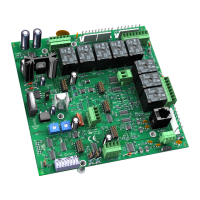
